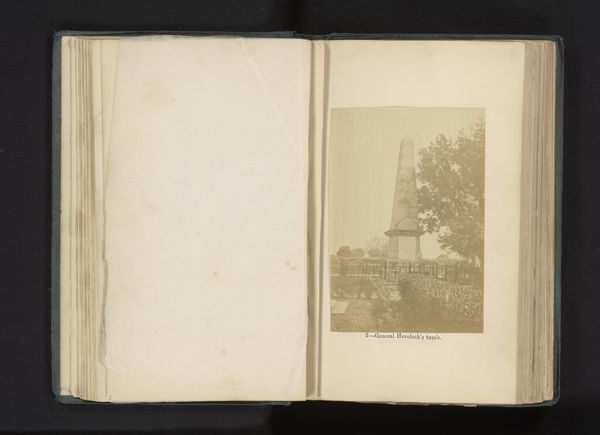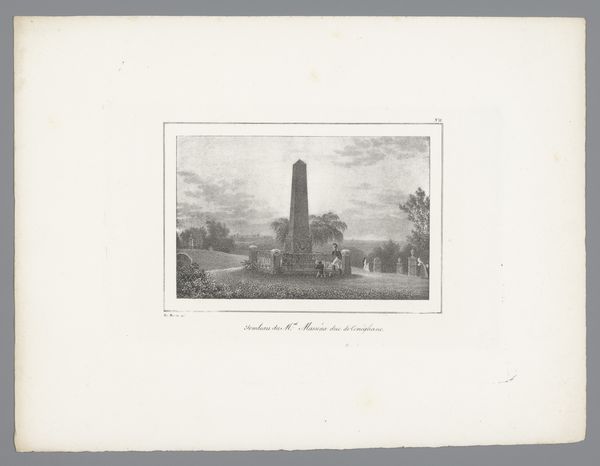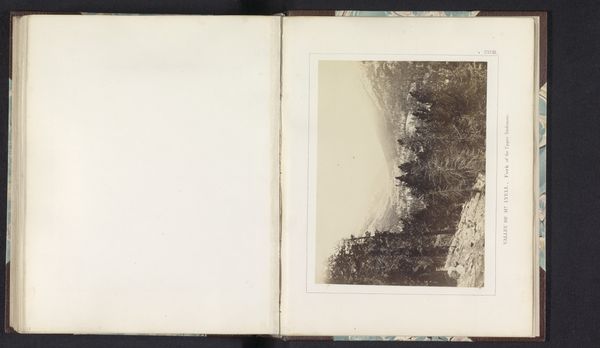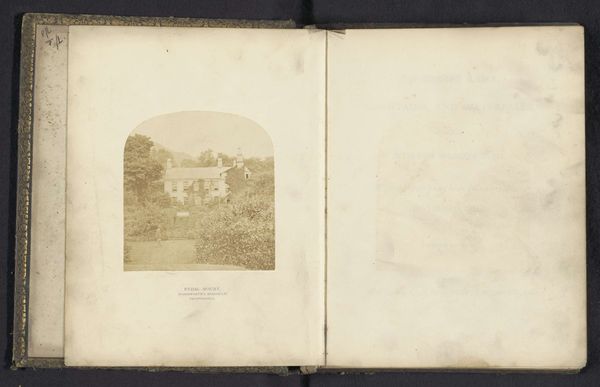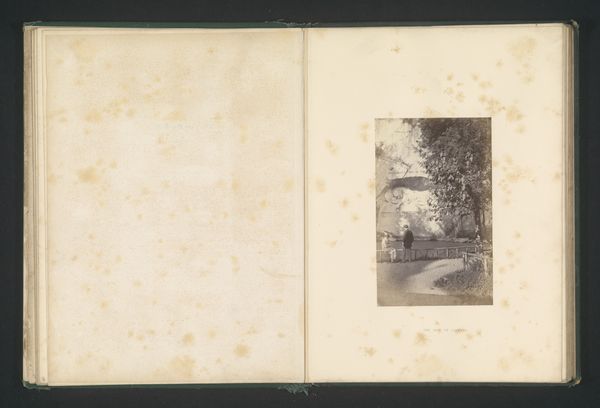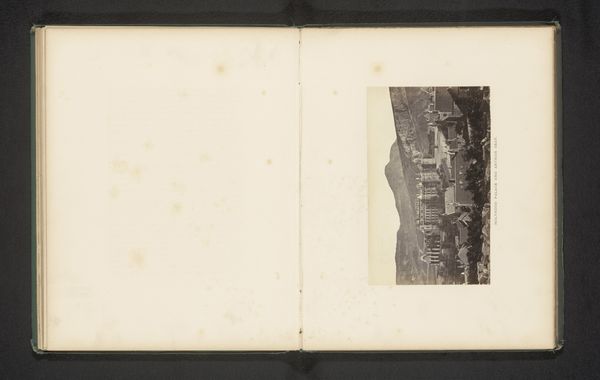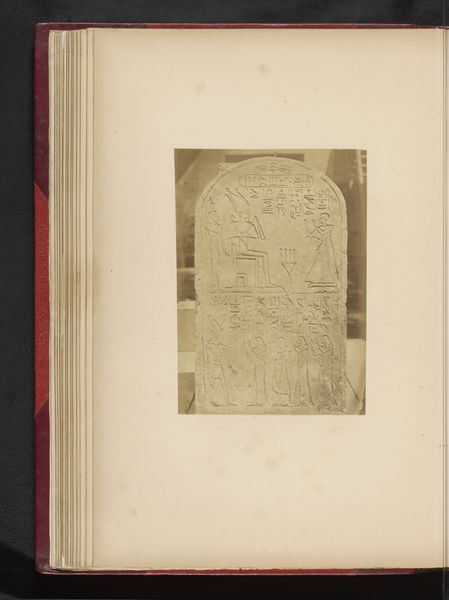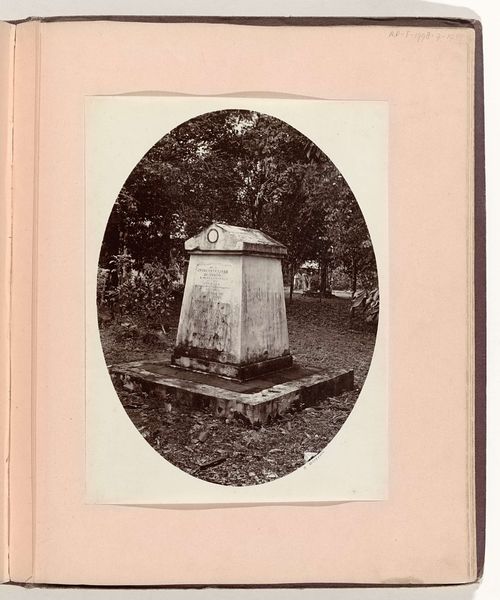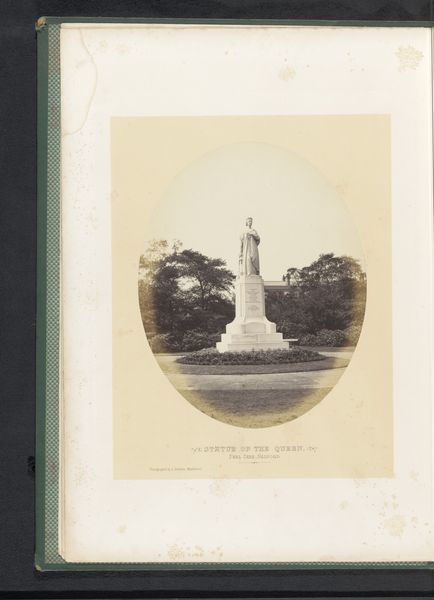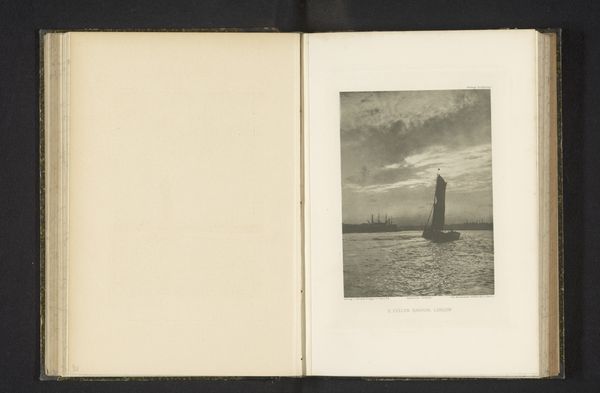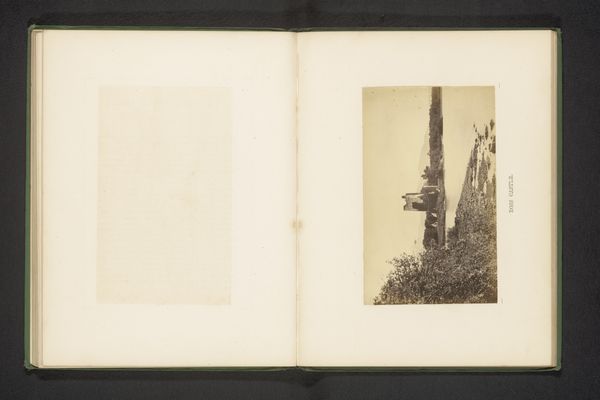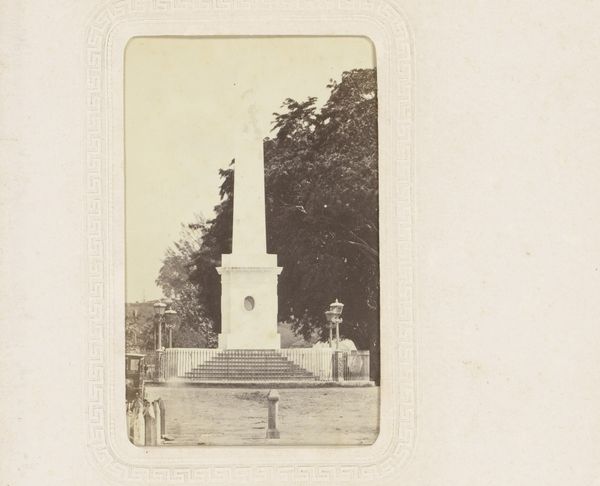
print, photography, albumen-print
#
neoclassicism
# print
#
landscape
#
photography
#
albumen-print
Dimensions: height 188 mm, width 120 mm
Copyright: Rijks Museum: Open Domain
Curator: Examining this albumen print of the "Monument voor de Svea livgarde," dating to before 1891 and attributed to V. Wolfenstein, prompts an immediate question about the photograph itself as an object. How does the materiality of this print—the specific process and the materials employed—influence its meaning, and how does its existence in an album affect our interpretation? Editor: That's interesting. I was initially struck by the monument's solemn presence against the landscape, the classical style contrasting with the relative newness of photography at the time. So, in essence, how can analyzing its production deepen my understanding? Curator: Exactly! Consider the labor involved in albumen printing during that era, a laborious and often precarious process. How did the photographer, Wolfenstein, engage with this industrialization? The print isn’t just a transparent record but the end result of choices, both aesthetic and economic, impacting the final image. How might its position as a mass-produced commodity change our reading of its monumental subject? Editor: I hadn't considered the economic dimensions. So the print is mass produced but the monument is to guards. That creates some interesting tension. Now, what was the social and cultural function of producing such a monument? Curator: This print invites questions of social agency and artistic choices tied to commodity. It is about the historical monument but produced by people using tools and equipment. The photographic medium shapes its reception as much as the physical presence of the stone monument itself. What impact do you think that might have had on the intended audience? Editor: The details of its manufacture really recontextualize what is happening, making me think about audience access. I’m starting to view this print with new questions I wouldn’t have considered at first glance! Curator: And in questioning its manufacture and purpose, it invites to you question who it served as an object of material consumption.
Comments
No comments
Be the first to comment and join the conversation on the ultimate creative platform.

